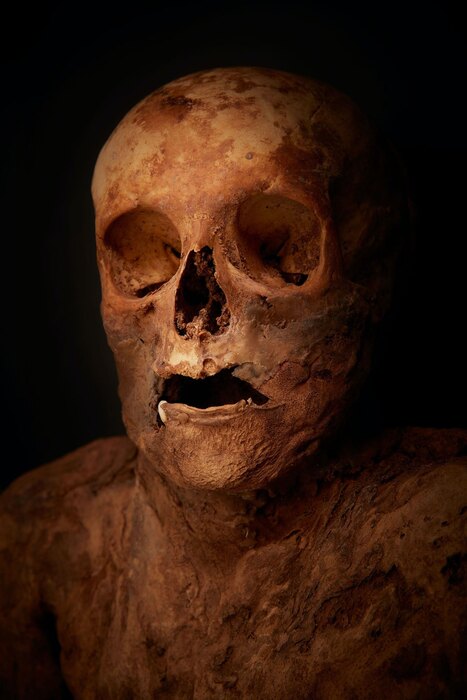Fixed Basel mummy yellowness.
Researchers from Eurac Research in Bolzano and the Natural History Museum in Basel have established the causes of the death of a woman whose mummified body is kept in a church, the Barfüsserkirche, in the Swiss city.
Several clues, including changes in the bones of the skull, initially suggested that the woman, whose body was discovered in 1975 during the construction of the church, suffered from syphilis.
Thanks to the interdisciplinary collaboration coordinated by the Natural History Museum of Basel, in 2018 the mummy was identified as Anna Catharina Bischoff, widow of the parish priest.
However, analyzes conducted by a team from the Mummy Research Institute found no traces of the syphilis pathogen.
Using a new method, so far rarely applied to ancient DNA, it was possible to assemble the genome of a still unknown non-tuberculous mycobacterium and clarify that the bacterium that had affected Ms. Bischoff belongs to a group of non-tuberculous mycobacteria, which are part of the family of bacteria to which also the agents that cause leprosy and tuberculosis belong.
These mycobacteria are rarely pathogenic and the fact that the woman died at the age of 68 probably has nothing to do with the infection as much as with the treatment against syphilis and other infections frequently used in Europe at the time: vapors or mercury ointments.
The concentration of mercury in her brain was extremely high.
The research method used, with "the possibility of discovering new and rare microorganisms even in very ancient genetic material - explains Eurac Research - allows science to investigate important aspects of the development of human infectious diseases and has great potential, for example, to microbiome research".

